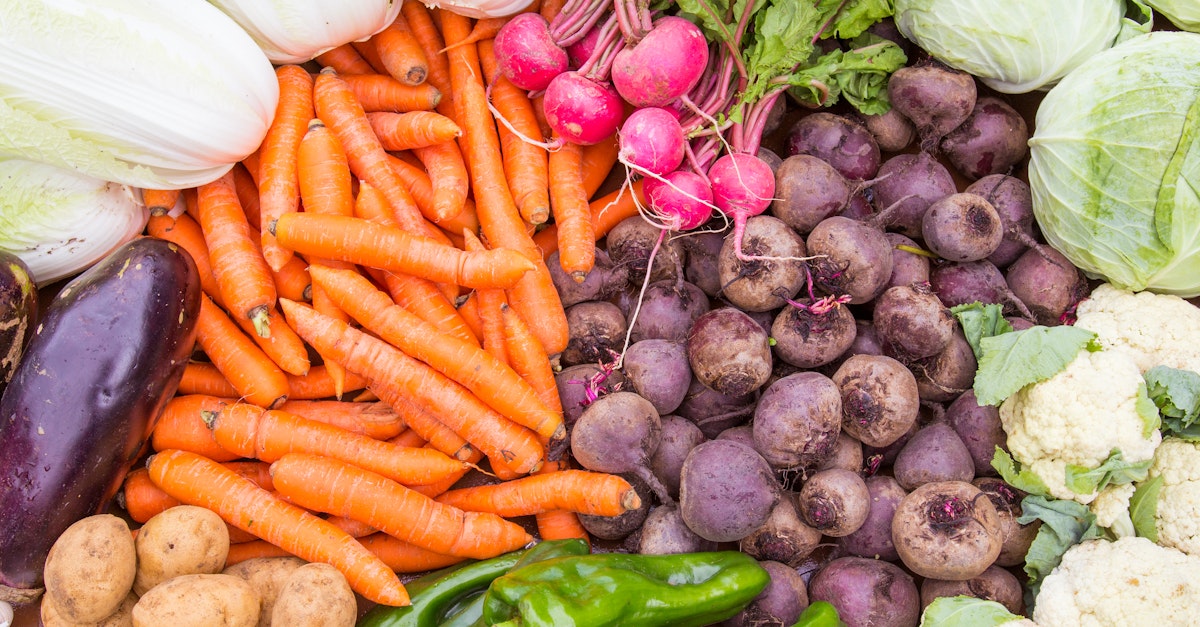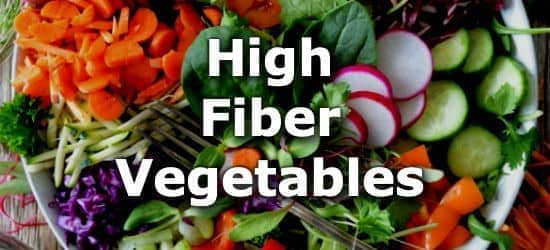The Ultimate Guide to Vegetables High in Fibre
There are many vegetables that are high in fibre. Some of the most fibre-rich vegetables include: lentils, peas, kidney beans, black beans, lima beans, artichokes, broccoli, Brussels sprouts, and kale. These vegetables are all great sources of both soluble and insoluble fibre.
Soluble fibre can help to lower cholesterol and blood sugar levels, while insoluble fibre helps to promote regularity and prevent constipation.
Vegetables are an excellent source of fibre, with many different types containing high levels of this important nutrient. Fibre is essential for keeping the digestive system healthy and promoting regularity, and can also help to lower cholesterol and blood sugar levels. Some of the best vegetables for fibre include broccoli, Brussels sprouts, cabbage, spinach, and Swiss chard.
Top 18 Fiber rich foods | High fiber foods for weight loss | Veg Fibrous foods | Sisters' Cookbook
What are the Benefits of Eating Vegetables High in Fibre
There are a number of benefits to eating vegetables high in fibre. Fibre is an important nutrient that helps to keep us regular, can lower cholesterol levels and help to regulate blood sugar levels. Fibre also helps us to feel fuller for longer which can aid in weight loss or weight management.
In addition, fibre-rich foods tend to be more nutrient-dense and may offer other health benefits such as protection against certain diseases.
Which Vegetables are Highest in Fibre
There are many vegetables that are high in fiber. Some of the most fiber-rich vegetables include broccoli, Brussels sprouts, cabbage, kale, and collard greens. Other great sources of fiber include artichokes, peas, okra, and turnips.
Fiber is an important nutrient that helps to keep you regular and can also help to lower cholesterol levels.
How Can I Increase My Intake of Fibre from Vegetables
There are a few ways you can increase your intake of fibre from vegetables. One way is to eat more raw vegetables. This means that you’ll be getting more of the fibre from the vegetables since it hasn’t been cooked out.
another way is to add more vegetable-based soups and stews to your diet. These tend to be packed with fibre since all of the nutrients from the vegetables are retained in the soup or stew. Finally, you could also try snacking on veggie sticks or chips instead of processed snacks like cookies or cake.
Veggie sticks and chips usually have more fibre than their processed counterparts.
What are Some Recipes That Feature High-Fibre Vegetables
Some high-fibre vegetables that can be used in recipes include broccoli, Brussels sprouts, cabbage, kale, and collard greens. These vegetables are all excellent sources of fibre, providing around 2-3 grams of fibre per cup. When adding these vegetables to recipes, they can help to boost the overall fibre content and make the dish more filling and satisfying.
Some recipe ideas that feature high-fibre vegetables include roasted Brussels sprouts with bacon and Parmesan cheese, sauteed kale with garlic and lemon, and a simple cabbage slaw.

Credit: joinzoe.com
High Fiber Vegetables And Fruits
Fiber is an important part of a healthy diet. It helps to keep you regular, can lower cholesterol levels, and may help to prevent some types of cancer. Fiber is found in many foods, including fruits and vegetables.
Here are some high-fiber fruits and vegetables to add to your diet:
Apples: With about 4 grams of fiber per large apple, apples are a good source of this nutrient. Eat them with the skin for the most fiber benefit.
Oranges: A small orange contains about 3 grams of fiber. You’ll also get a good dose of vitamin C when you eat an orange.
Strawberries: One cup of strawberries has about 3 grams of fiber.
This sweet fruit is also a good source of vitamin C.
Raspberries: Raspberries are another good source of fiber, with about 8 grams per cup. They’re also high in antioxidants, which can help protect your cells from damage.
High-Fiber Foods Chart for Constipation
If you’re constipated, you may be looking for a way to get things moving. Adding more fiber to your diet is one approach that can help. Fiber is found in plant-based foods and helps add bulk to stool, which makes it easier to pass.
This high-fiber foods chart can help you choose the right foods to relieve constipation.
High-Fiber Fruits
There are many benefits to eating high-fiber fruits. Fiber helps to keep you regular, can lower cholesterol levels, and can even help to reduce the risk of heart disease and some types of cancer. Some high-fiber fruits include apples, pears, berries, and prunes.
Conclusion
Overall, eating vegetables high in fibre is beneficial for your health. Fibre helps to regulate your digestive system, can lower your risk of heart disease and stroke, and can even help you lose weight. So next time you’re at the grocery store, make sure to stock up on these healthy veggies!




